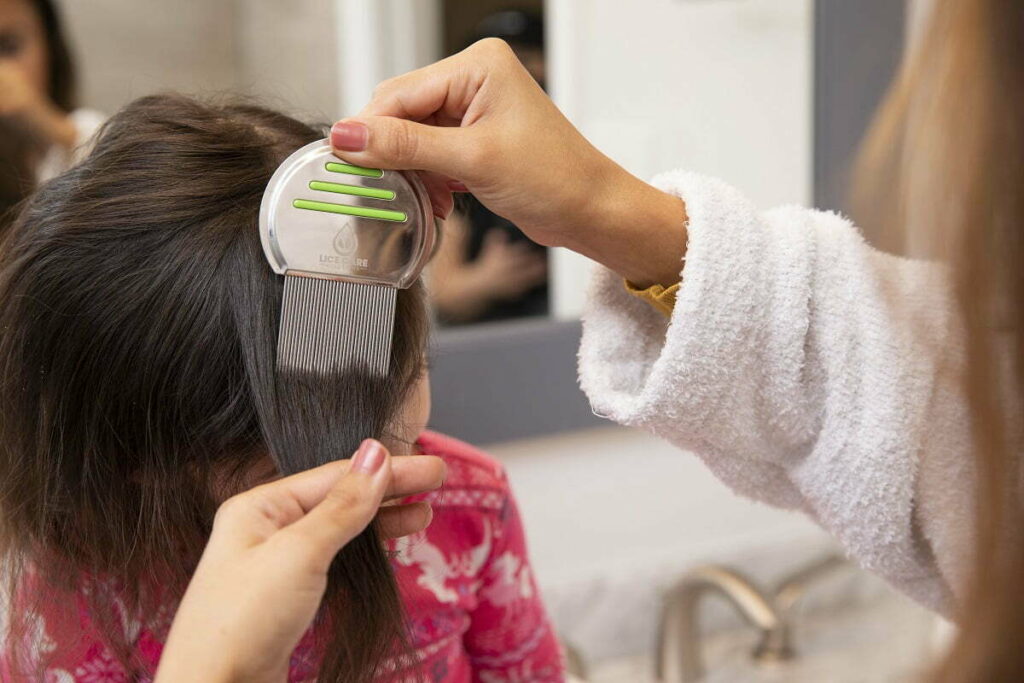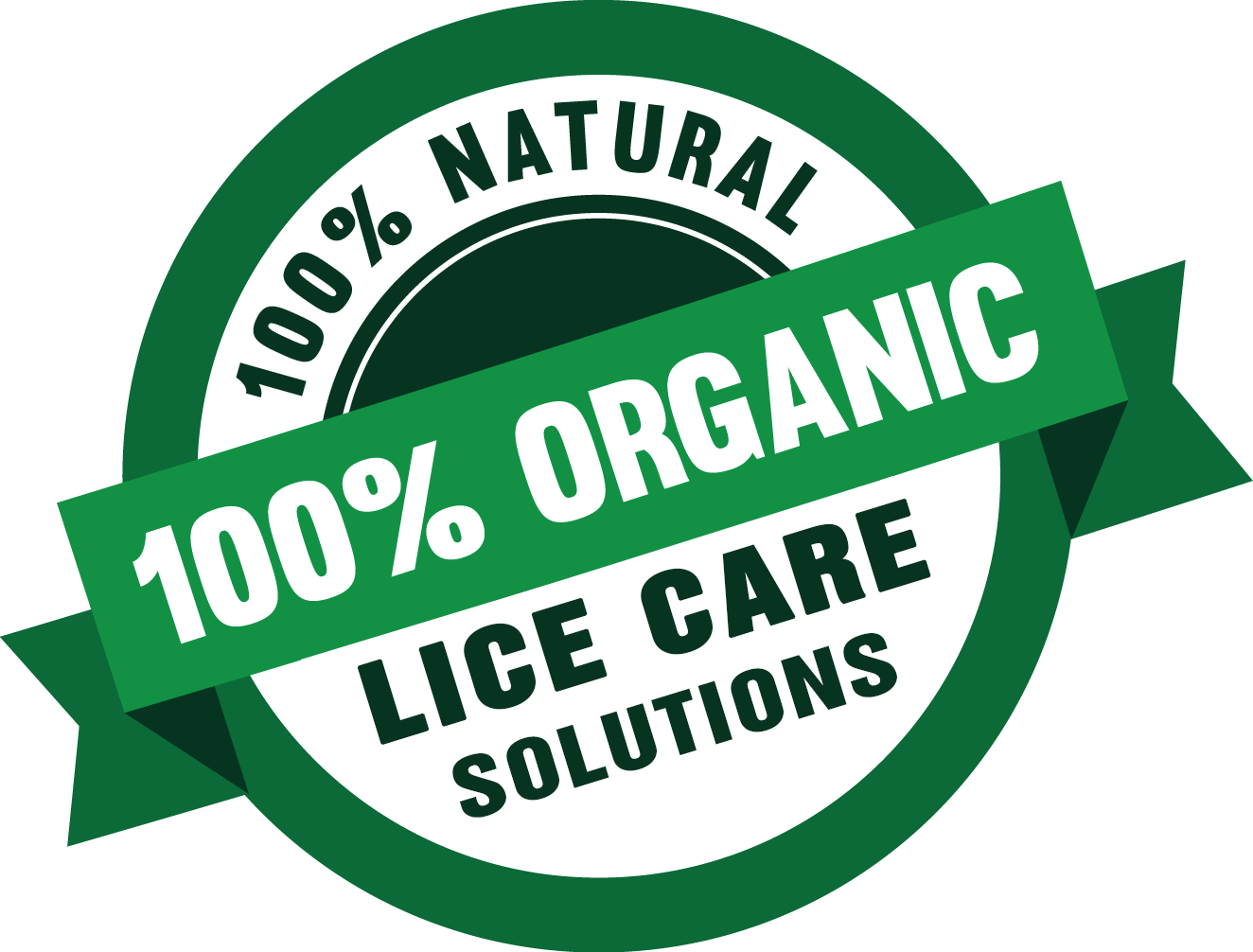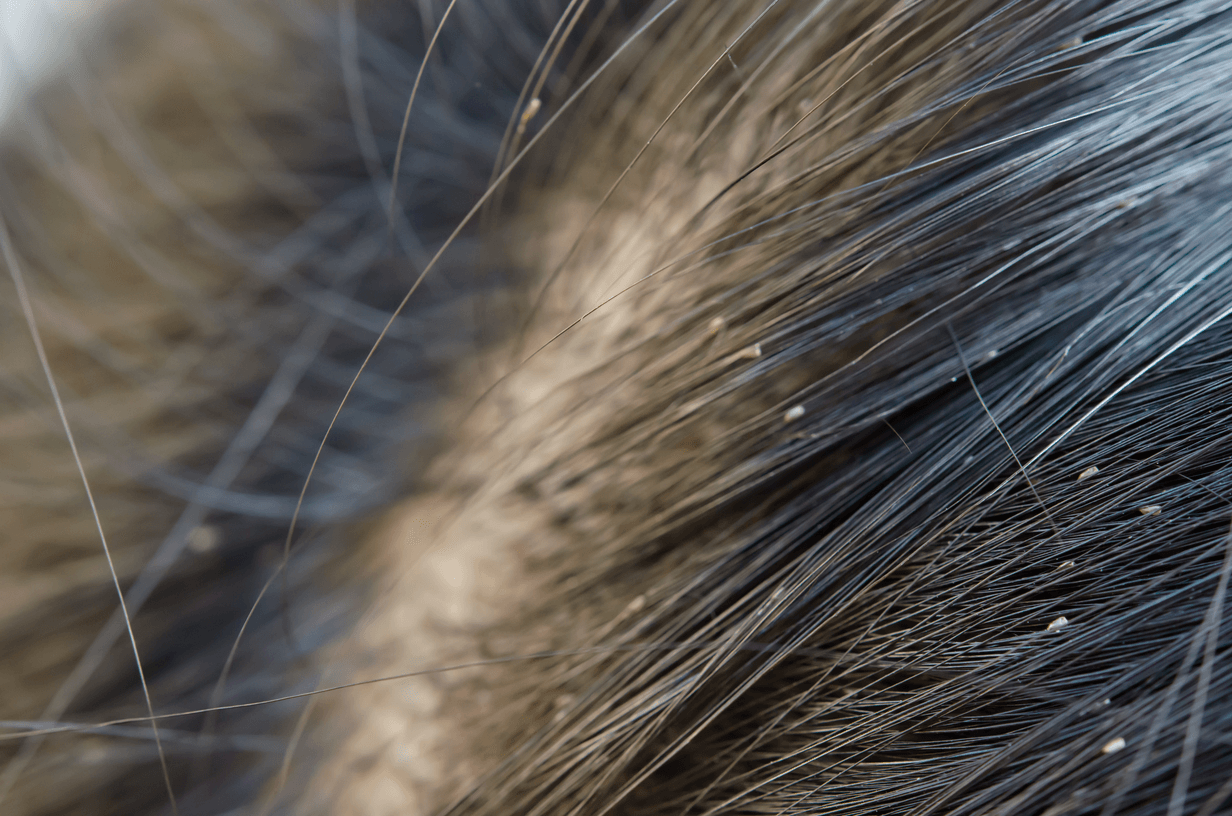Ancient Legacy of Head Lice
Embarking on an age-old journey from ancient Peruvians to contemporary children, head lice persist as relentless bloodsuckers across civilizations. Uncover essential tips for handling head lice naturally and with confidence, providing a holistic approach to eradication.
If your child comes home with head lice, at least take comfort in the fact that they’re not alone. The CDC says that an estimated 6 million to 12 million lice infestations occur in the United States each year. Children aged 3 to 10 and their families most often become infested, but there has also been a rise in numbers of infected high schoolers in recent years. No one is exempt from an invasion by these little critters.
Should an infestation arrive at your home, there’s no reason to panic. This article will give you all the tips you need to handle the situation with ease.

Head Lice and Disease: Dispelling Myths
Unlike body lice, head lice do not transmit any diseases. Yes, you can get sores from the relentless scratching, but the only real threat you have to deal with is their annoyance. We know that handling a head lice infestation can be stressful and exasperating, but the only real dis-ease lice spread is fear and misinformation. “Lice don’t live for days on end in a carpet at a daycare center. Nor are they jumping from head to head….and, frankly, they’re really easy to treat.” says Angelic Padilla, head lice expert and Co-owner of Lice Care Solutions.
Unraveling Lice Transmission: Facts vs. Myths
Your chances of getting head lice are less than your chances of catching a cold, the flu, an ear infection or pink eye. They can’t jump from host to host and they can’t fly,” says Amesh A. Adalja, MD, Senior Scholar, Johns Hopkins Center for Health Security. Head to head contact is the most common way lice spread. If a louse happens to fall off of a head and land on a rug, it would need quite a bit of luck to get an opportunity to crawl onto another person’s head. While it’s recommended that kids do not share hats, headbands, or headphones, lice more often spread through rolling around during play and squeezing together while taking group selfies. You are more likely to get a cold, the flu, an ear infection, pink eye, or strep throat than lice.
Say No to Extreme Measures: Preserving Hair Length
Cutting hair with clippers is a bad idea. You need at least a ½ inch of hair to successfully remove the eggs, or nits, with a lice comb. The nits must be within a quarter of an inch to the scalp in order to keep warm, incubate and survive. They are attached to the hair shaft by a sticky substance and are hard to remove without a special comb. When a nymph (baby louse) is newly hatched, it must have the warmth and food source of a human head to survive. So, how do you keep the adults from laying their eggs? You can deter them from hanging out on the scalp by using a special shampoo, such as our all-natural, non-toxic, organic shampoo & body wash. In order to successfully remove the eggs, you need at least a half-inch of hair, and special lice comb, such as our special wave tooth detangling comb.
Without a Head, Lice Perish: Understanding Vulnerability
You are probably never going to see a louse fall off your child’s head, but if you do, they are most likely on their way to the grave. Furthermore, a head louse can barely move around without a strand of hair for help.
You see, head lice need a human host to survive. According to the CDC, any lice that might be on your couch, bedding, headphones, or family pet will die within 1 to 2 days if they don’t find another host to attach themselves to. Lice feed on human blood to survive, and they ingest the human blood by using an anti-clotting enzyme in their saliva. While a louse can live up to 48 hours without a host, if it doesn’t find a new host within three hours, its chances of survival are slim to none. After 3 hours without a hose, head lice lose their ability to make the saliva that is crucial to their survival. So even if they do find their way onto the locks of a new host, they don’t stand much of a chance for survival.
Is Deep Cleaning Necessary?
If you’re like many people, you jump at any excuse to deep clean your home. However, it’s really just an old myth that you’ll need to thoroughly sanitize your home and throw away carpets if you have a head lice infestation. You can wash sheets and towels with hot water, vacuum with detail, and use a lint roller on couches and cushions to give you peace of mind. The fact is, most people over-estimate the life cycle of a louse and over-react when they have an infestation. “I’d just wash my sheets with hot water and throw my comforter in the dryer on hot and be done with it,” says Padilla.
Pets and Lice: A Non-Issue
While cats and dogs can get lice, head lice have adapted to survive on one species alone (humans) and cannot go from one to the next. That means that you can spare the agony of an angry kitty bath. Just focus on delousing the heads of those infected, as well as the basic house cleaning techniques we mentioned previously.
While some schools may require a child with lice to be sent home for the day, there is more and more research to suggest this doesn’t prevent the spread of lice and only contributes to a negative social stigma. The CDC states that “students diagnosed with live head lice do not need to be sent home early from school; they can go home at the end of the day, be treated, and return to class after appropriate treatment has begun.” Padilla agrees, “For a mom treating at home who may not remove all the lice and nits, there is a 7 to 10-day window of opportunity for new hatchings. But if your child is treated professionally, you can feel confident that the lice and nits are gone, and your child is fit to go back to school.”
The Power of Lice Combs: A Valuable Tool
Don’t underestimate the effectiveness of lice combs. “Combing works,” says Dr. Claire McCarthy, a pediatrician at Harvard-affiliated Boston Children’s Hospital. “It takes patience and perseverance, but not only does it get rid of both live lice and eggs, it’s completely non-toxic and without side effects. That can’t be said of any other treatment for head lice, ivermectin included.” She also recommends checking everyone’s head in the family, adults included.
Buying your family a good lice comb before an infestation strikes is a great way to take preventative action and to be prepared. You never know when an infestation will come, so it’s recommended that you bring a lice comb on all family trips. “You can easily find a good conditioner anywhere, but good lice combs are hard to come by. I take one with me on every trip,” says Padilla.
Schedule an Appointment: Professional Lice Removal
Elevate your head lice removal experience with hassle-free and professional solutions. Schedule an appointment with our seasoned experts for comprehensive guidance and effective strategies. Don’t let head lice disrupt your peace – take proactive steps today!






